Founded 1 December 1851 Number of beds 1,170 (at peak) | Closed 1996 Established 1 December 1851 | |
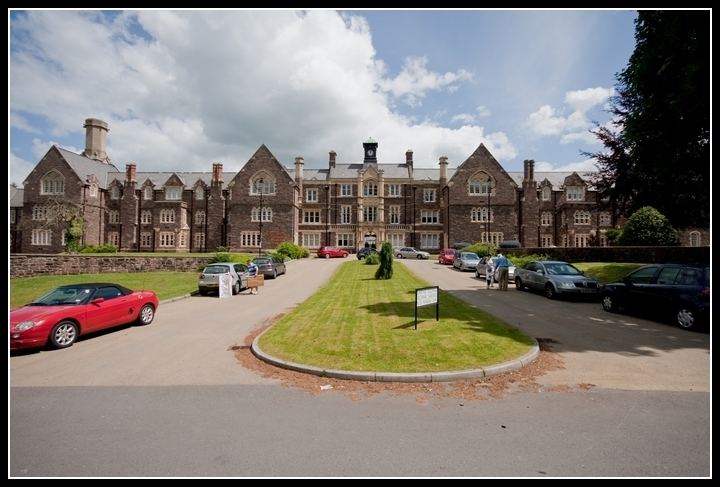 | ||
Location Abergavenny, Monmouthshire, Wales | ||
Pen-y-Fal Hospital was a psychiatric hospital in Abergavenny, Monmouthshire, opened in 1851 and closed in 1996. It held up to 1,170 patients at its peak.
Contents

History
The facility went under a variety of names:
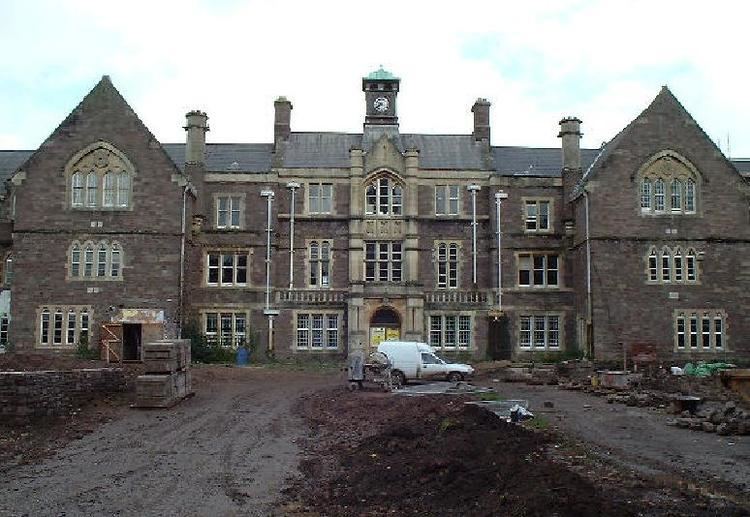
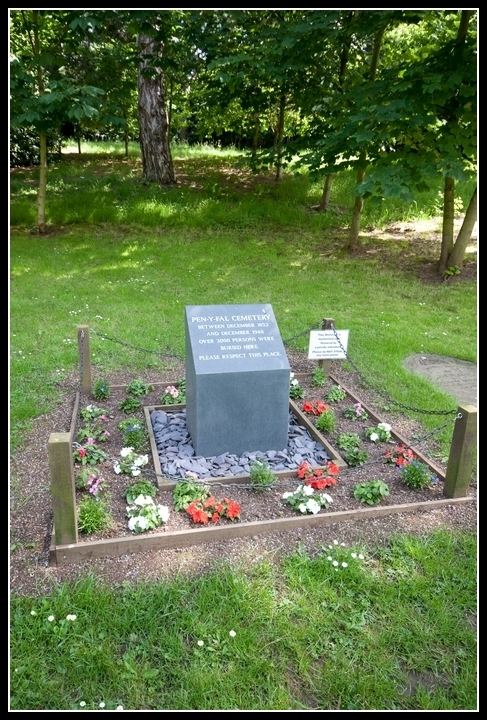
Pen-y-Fal was designed initially to house 250 patients. Its architect, Thomas Fulljames of Gloucester, assisted by Frederick Sandham Waller, chose the Tudor Gothic style using local old red sandstone with Bath stone dressings to animate its charming gathering of gables and chimneys. The property was set in grounds of 75 acres reflecting the medical thinking that outdoor space was an important aspect of treatment. There was an asylum farm which provided food for the hospital.
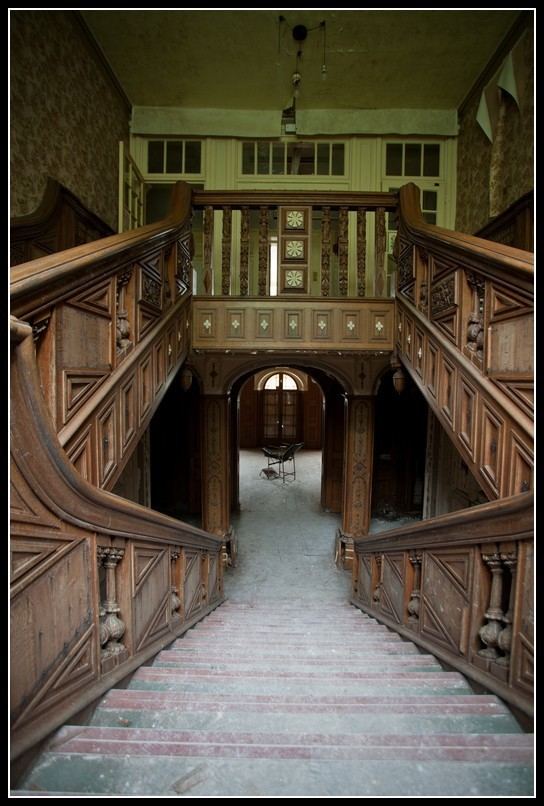
The Joint Counties Lunatic Asylum was established as a result of the County Asylums Act 1845, which laid down the regulation of lunatic asylums at a county level nationwide. Initially Monmouthshire, Herefordshire, Radnorshire and Breconshire joined together in supporting the Abergavenny facility, though as the population grew, individual asylums were built. Hence in 1897 the name was changed to Monmouthshire Lunatic Asylum.
In 1884 a private coal and stores siding was laid from the Newport, Abergavenny and Hereford Railway.

It initially had twelve wards and 210 inmates. The Infirmary wing was added in 1859–61. The Laundry block was added in 1861–75. Further extensions were added in the 1880s, including the re-modelling of the main central elevation. The majority of the stone rear ranges dated from 1881–83 including the Central Administration Block and the Epileptic Block. The Working Men's Dormitory was added in 1891 by Alfred Swash and further work was done in 1901-4 and 1910.
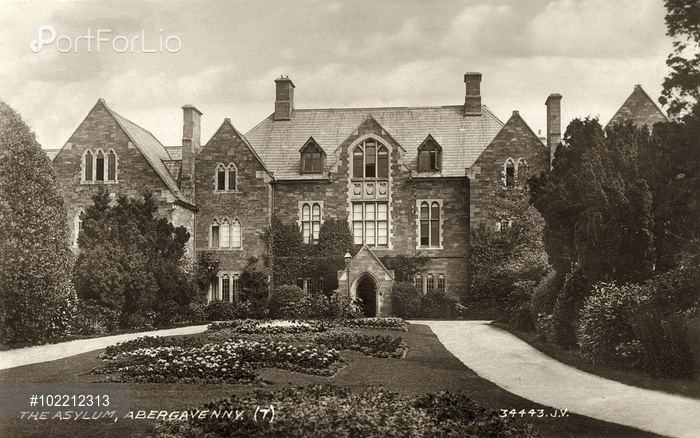
Between 1851 and 1950 over 3,000 patients died at the hospital. A memorial plaque for the deceased has now been placed at the site.
Conversion

Following closure the site had fallen into considerable disrepair. The Grade II Listed Building has been converted into luxury accommodation by Redrow plc. The main building frontage was preserved (now known as Sarno Square), but to the rear the property and grounds were significantly redeveloped.
There is a small brass memorial to the men of the staff of the hospital who died during the Great War. It was removed from Pen y Fal when the facility was converted into apartments and was dedicated at St. Mary’s Priory Church, Abergavenny on Palm Sunday 1998.
The asylum chapel built in the 1880s remains in a disused state on the site, with planning permission to be converted to luxury housing. The last burials here were in 1948 when the hospital came under the management of the NHS.
